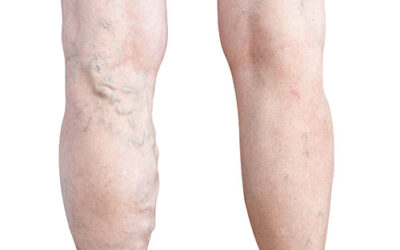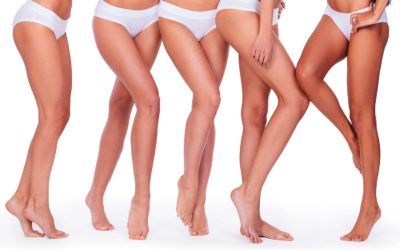Varicose Veins Treatment > Vein Glue (Venaseal)
VenaSeal Vein Glue
The most recent innovation in the treatment of varicose veins is the use of medical glue known as VenaSeal (cyanoacrylate) to physically shut down and seal the main defective vein.
VenaSeal Adhesive (Glue), previously known as Sapheon Glue medical grade glue that is used to shut the main saphenous vein in the thigh. Once the vein has been glued shut, it will undergo a process of hardening (sclerosis) and will be gradually absorbed by the body. The procedure is minimally invasive.
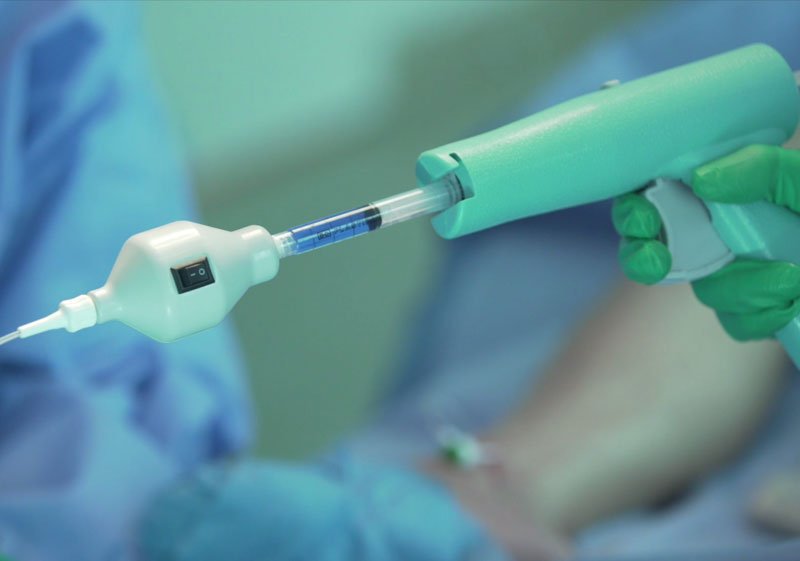
How does VenaSeal work?
The VenaSeal procedure involves the placement of a very small amount of VenaSeal vein glue into the vein through a small catheter. Once the affected vein is closed, blood is immediately re-routed through other healthy veins in the leg. Unlike other treatments, VenaSeal does not require a regional nerve block or large volumes of anaesthesia. Furthermore, there are no pre-procedures drugs involved and patients can return to their normal activities right after the treatment. Unlike heat-based procedures such as endovenous laser or radiofrequency ablation, with VenaSeal there is no risk of skin burns or nerve damage. VenaSeal does not require any immediate post-treatment pain medication or uncomfortable compression stockings.

VenaSeal now available on the Medicare Benefit Scheme
Watch VenaSeal on Channel 9 News
What does VenaSeal (vein glue) treat?
Varicose Vein Recurrence
There are three reasons varicose veins recur: 1. Venous disease progression, 2. Inadequate diagnosis, and 3. Neovascularity following vein stripping surgery.
Pelvic, Vaginal, and Vulvar Varicose Veins
Pregnancy-related varicose veins often appear in the vulval or gluteal region and can extend down the inner thigh and lower leg.

Your vein surgeon will choose the treatment that perfectly suits your veins.
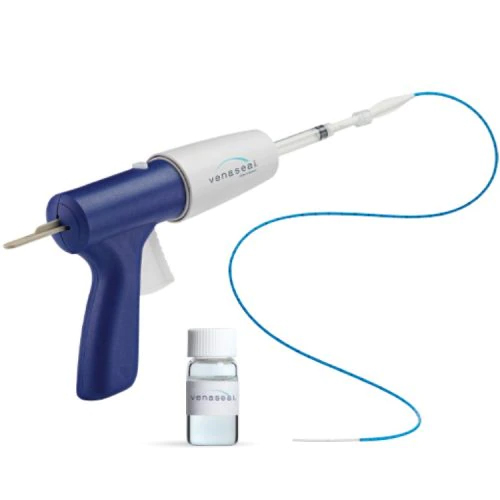
How effective is the VenaSeal procedure?
The published success of the VenaSeal closure procedure is up to 98.9% (VeClose study), with far fewer complications than EVLA or surgery.
VenaSeal has been meticulously trialed in the United States and Europe over the last 5 years. Results published show a low risk of complications and excellent medium-term results. The VeClose study out of Germany, showed a 98.9% closure rate at 6 months. VenaSeal is considered as effective as endovenous laser ablation but does not involve the use of heat and can therefore be performed with the application of a small amount of local anaesthetic as opposed to a nerve block or large volumes of tumescent anaesthetic.
It is possible to treat two or more veins in the one session. Stockings are usually not necessary and patients are able to return to normal activities immediately. Surface varicose veins are usually treated 2-4 weeks after the VenaSeal procedure with either ultrasound guided sclerotherapy or ambulatory phlebectomy.
What is VenaSeal made of?
As you may already know, VenaSeal is a treatment that involves the application of a Medical Grade ‘Superglue’ into the disease vein, that collapses and permanently seals the vein off. It is a quick, minimally invasive procedure that takes approximately 15 minutes in experienced hands.
Venaseal adhesive is a special type of medical super-glue referred to as a ‘Cyanoacrylate’. It is very carefully formulated in specially designed labs and has some unique properties when compared to other medical grade glues on the market.
- When it comes into contact with blood within the vein wall, it polymerises rapidly. What this means is that it rapidly seals the vein shut upon application, with minimal migration.
- It is very soft and elastic, so that it is undetectable by the patient after application.
- Has an “anti-microbial” effect against gram positive organisms.
- Has been shown to have no adverse long term effects.
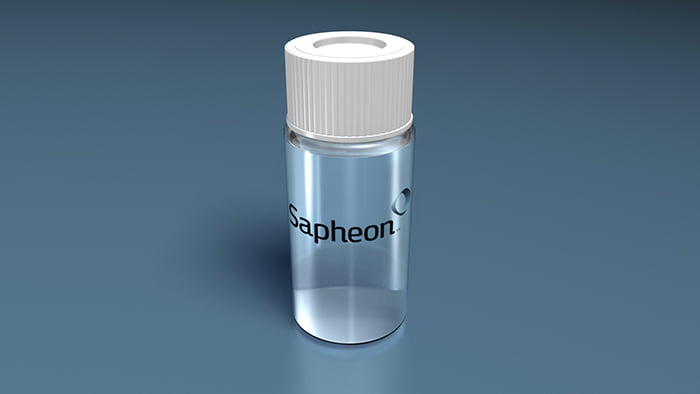
Where are cyanoacrylates used?
Cyanoacrylates have been in use since the 1950s. They have been used in repairing wounds and skin incisions. As an emergency doctor, one of our go-to treatments for children with lacerations was histoacryl blue skin adhesive. It was relatively quick and avoided the need for suturing, particularly when faced with a distressed and alarmed child.
It has also been used in the following areas of medicine:
- Ophthalmic surgery
- Cosmetic Procedures
- Dental
- Orthopaedic
- Intravascular Occlusion of Cerebral Arterio-Venous Malformations (AVMs), Varicoceles and Pelvic Congestion Syndrome and Gastric Varices.
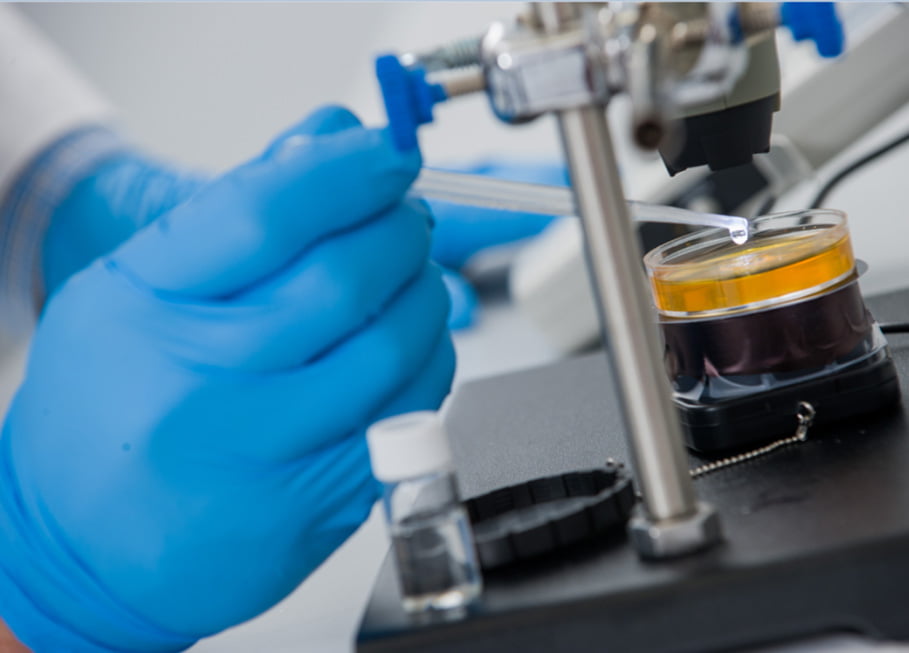
Frequently Asked Questions about VenaSeal
How does VenaSeal work?
Is loss of the vein a problem?
Am I at risk from the VenaSeal medical adhesive?
How successful is the VenaSeal procedure?
Further Patient Information VenaSeal
What are the advantages and disadvantages for VenaSeal?
Advantages
- Minimal discomfort as there is no need for injection of tumescent anaesthetic along the course of the vein.
- No need for compression stockings.
- Minimal time off work.
- Return to normal activities.
- No admission to hospital or general anaesthesia.
- No chance of nerve damage or thermal injuries.
Disadvantages
- Treated veins may become quite inflamed and require anti-Inflammatories and time to settle. This is however, no different to Endovenous Laser Treatment of veins.
- VenaSeal is not covered by Medicare currently and is quite an expensive procedure.
What should you do before VenaSeal?
- Do not cease medications prior to treatment unless otherwise advised.
- Do not shave your legs immediately prior to your treatment.
- Do not apply moisturizer on the day of treatment.
- Wear slacks or loose trousers to the appointment and ensure you have a pair of comfortable walking shoes.
- Pre-medication is generally not necessary. If you have a low pain threshold, take 2 paracetamol tablets or 2 Ibuprofen tablets (with food).
What happens after the VenaSeal Procedure?
- Our nurse will discuss all the important post treatment instructions in great detail and provide you with a post instruction sheet.
- You will be directed to go for an immediate 10 minute walk before you drive home. As long as you are able to walk unaided without restriction, you are allowed to drive home.
- You will be given Dr Paraskevas’ after hours number should you have any problems or concerns.
- Walking for 10-15 minutes per day is advised.
- Maintain normal daytime activities but avoid standing still for long periods of time.
- Continue with normal exercise activities within 48 hours.
- You will be asked to avoid long haul flights (>4 hours of continuous travel) for at least 3-4 weeks after the treatment. If travel is unavoidable, then you will be protected from deep vein thrombosis with subcutaneous low molecular weight Heparin (aka Clexane) during your travel.
- An ultrasound check of the treated veins will occur 2 weeks after the treatment. This is to assess the outcome of the treatment and also to exclude the very low chance of deep vein occlusion.
What are some of the side effects following VenaSeal?
- Mild to moderate pain persists for 1-2 weeks along the glued vein. Post VenaSeal discomfort should be managed with a combination of light walking and rest (with leg elevation), anti-inflammatory medication such as Nurofen or Voltaren.
- Phlebitis or inflammation may occur along the inner thigh in line with the treated vein. This is again managed with anti-inflammatories and stockings. Dr Paraskevas must be contacted if this occurs.
- Paraesthesia (skin numbness) – has been reported in some studies and is thought to be a result of inflammation around the treated vein temporarily affecting surrounding nerves.
What are the possible complications from VenaSeal?
- Deep vein thrombosis. Internal vein clots are extremely rare following VenaSeal treatments. Pulmonary embolus is also very rare.
What standards and guidelines are in place for practitioners in phlebology?
Medicare Rebate & Costs
The cost of treating varicose veins depends on severity of the veins as well as which treatment is used. We discuss these costs in detail at your initial consultation.
A Medicare rebate is claimable on all varicose vein procedures, except the most superficial spider veins.

What to expect
Learn all about your first appointment, what's included, and how much it will cost.

